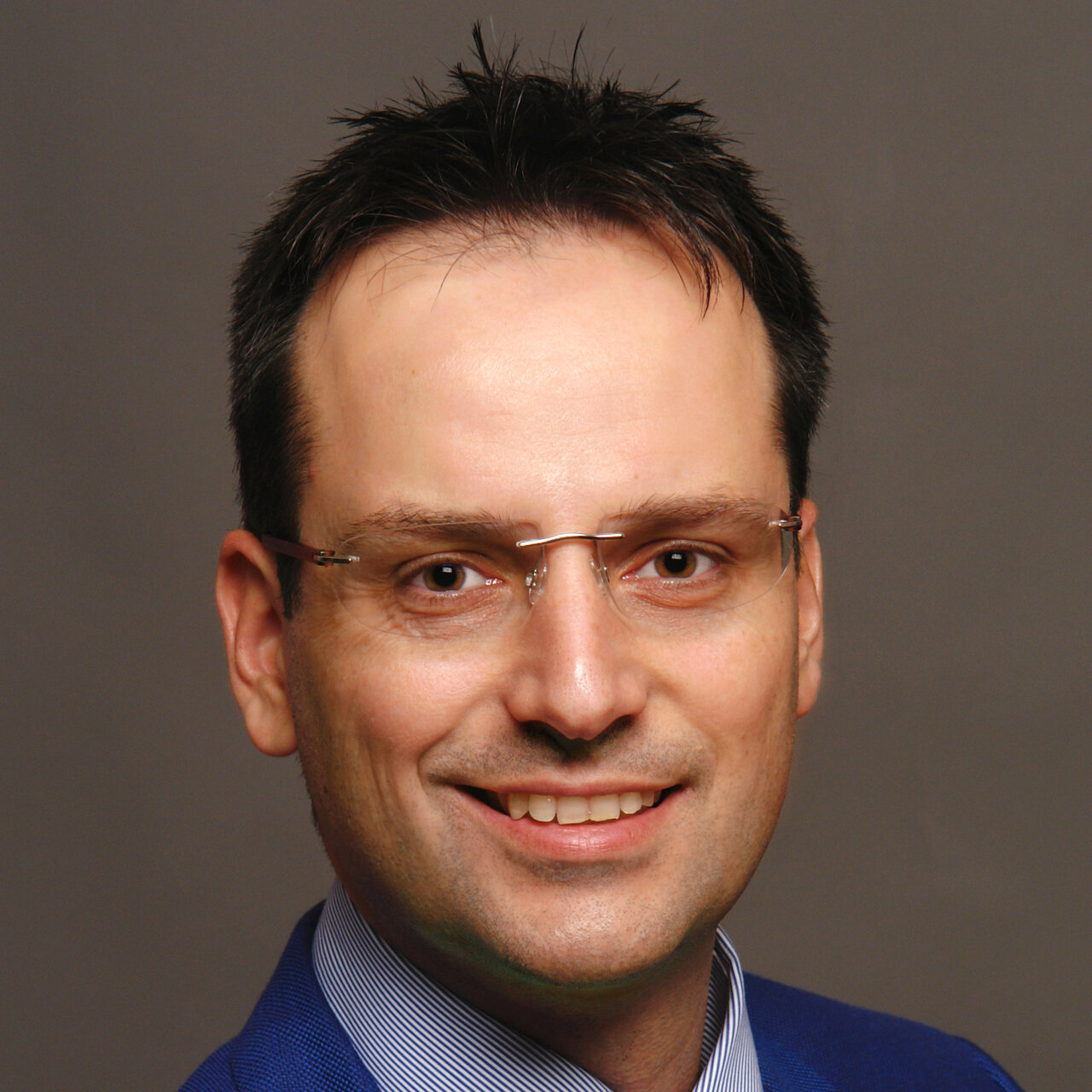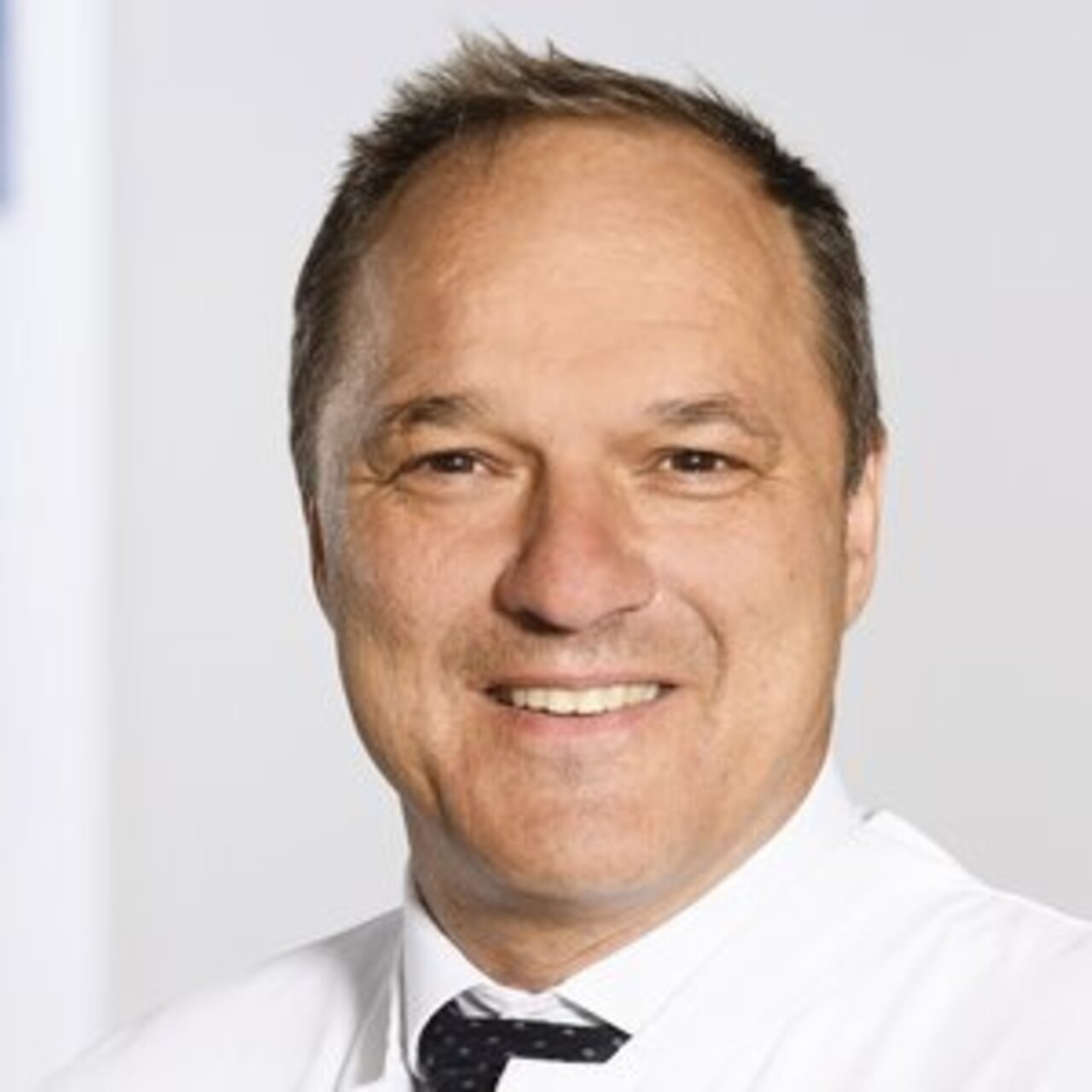Specialists in Disk Surgery
16 Specialists found
Information About the Field of Disk Surgery
Essential Reasons for Favoring Disk Surgery
Mandatory reasons for a herniated disk surgery are progressive or acute severe symptoms of paralysis or a disturbance in bladder and bowel emptying. In these cases, surgery must be carried out immediately and within 48 hours.
In less severe cases, conservative treatment is usually attempted first. Ideally, the symptoms should improve steadily with therapy within two to four weeks. If this is not the case or if the pain returns, surgery may be considered. Surgery may also be performed for severe pain or mild paralysis. Surgery is rarely carried out for low back pain without spreading in the legs because, in that case, surgery is unlikely to help any better than conservative therapy. If the patient has mainly leg pain, surgery may improve it.
In the long run, surgery often does not help better than conservative therapy. After one to two years, operated and conservatively treated patients have recovered similarly well from the symptoms. But with surgery, patients recover faster in many cases. Therefore, surgery should be considered if conservative therapy does not improve in the first few weeks and patients suffer from severe discomfort.
Surgery should not be delayed too long because it has a much better success if carried out earlier. Early surgery relieves pain more quickly, and neurological deficits also regress more quickly. If surgery is not carried out within one year, there is no longer much difference between operated and non-operated patients.
Are Intervertebral Disks Operated on too Often?
The number of surgeries in the spine has increased in Germany in recent years. From 2007 to 2015, the number increased from 452,000 to 772,000, which is 71 percent. Significant regional differences in Germany are also striking. In some regions, surgery is carried out much more frequently than in others, which raises the question of whether all spinal surgeries were justified.
Analyses by health insurance companies showed that many spinal surgeries are avoidable. After obtaining a second opinion, many patients who were advised to have surgery decided against it. In an analysis from 2015 by the Techniker Krankenkasse, a second opinion prevented surgery in 85 percent of patients with chronic back pain who were supposed to undergo surgery. According to the Barmer GEK (2016), half of the patients decided against surgery after a second opinion. Therefore, patients should seek a second opinion before deciding in favor of having a surgery carried out.
Which Surgical Methods Are Available?
There are various methods of operating on herniated disks. The technique used depends, among others, on the location of the herniated disk. Herniated disks in the cervical spine are operated differently than herniated disks in the lumbar spine. The severity of the herniation and the extent of nerve damage also play a role in selecting the surgical method.
Some patients also have severe signs of degeneration, vertebral instability, or other diseases. Several vertebral segments may also be affected by herniated disks. These factors help determine the surgeon's decision for or against a particular surgical method. The main surgical procedures are described below.
Microsurgery – The Standard Procedure for Lumbar Spine Disk Surgery
The microsurgical technique is frequently carried out and has become a standard procedure for treating herniated disks of the lumbar spine. A minor procedure is used to remove the herniated portions of the disk. The surgeon uses a surgical microscope and special instruments to keep the surgical field as small as possible and spare the tissue.
In the case of a herniated disk, the prolapsed nucleus of the disk may still be attached to the disk or may become completely detached. These detached parts of the disk are called sequester. This determines the name of the surgical method. The first case is called nucleotomy (core removal), and the second one a sequestrectomy (sequester removal).
The surgeon gains access to the spine through a 1.5 to 2 cm skin incision. The location of the prolapsed disk material determines the further procedure. In some cases, the surgeon accesses the prolapsed disk material laterally through the vertebral joint. In others, through the yellow ligament, a small hole is drilled in the vertebra to access the spinal canal.
The main goal of surgery is to relieve leg pain, not back pain. Removing the disk material takes the pressure off the nerves (decompression). The stability of the vertebras and the disks is preserved. Clinical results are usually good, and the complication rate is low. Complications occur in about 6 to 8 percent of patients. Possible complications include infection, thrombosis, pain, injury to the nerves or spinal cord meninges, or bruising.
The microsurgical method causes less damage to surrounding tissue than the open technique. Therefore, the microsurgical technique has become widely accepted.
Microsurgical procedures are also used for herniated disks of the cervical spine as an alternative to ventral fusion. They are suitable when the disk has prolapsed laterally or into the nerve exit hole. Again, clinical outcomes are usually good, and the complication rate is low.
Endoscopic Disk Surgery
The endoscopic surgical technique is an alternative to the microsurgical procedure. It is even gentler on the tissue and used more frequently. The method is comparable to a joint endoscopy. The endoscope is a thin tube with a camera into which the surgical instruments are inserted. Through the endoscope, the surgeon removes the prolapsed portions of the disk. Overall, the complication rate appears to be somewhat lower than with the microsurgical technique. It can also be used for herniated disks of the cervical spine.
Open Disk Surgery
The open technique was commonly used in the past to operate on herniated disks of the lumbar spine. It has since been replaced to a large extent by the microsurgical technique. The surgeries are similar in principle, but the intervention is more significant with the open technique.
The open technique requires a more extensive skin incision. The surgeon moves the muscles over the spine to the side and gets an overview of the surgical field with the naked eye. A part of the vertebral arch is possibly removed to be able to extract the parts of the disk that have prolapsed. The result of both surgeries is comparable, but the surrounding tissue is spared when the microsurgical method is used.
Artificial Intervertebral Disk
The artificial disk is primarily used for herniated disks of the cervical spine and has proven itself in recent years as an alternative to spinal fusion surgery. The artificial disk is intended to replace the function of the natural disk and maintain the mobility of the vertebras. Especially young patients without severe signs of degenerated vertebras benefit from the method.
Before implantation, the damaged disk is completely removed. As a replacement, the artificial disk is inserted between the vertebras in the place of the damaged disk. Disk replacements consist of endplates made of metal and a free-moving or fixed center of rotation. Modern disk replacements have an artificial core made of elastic plastic, surrounded by harder material similar to the natural disk. The end plates anchor the replacements in the vertebras.
However, the artificial disk cannot be used in all patients. For example, instability of the vertebras or severe signs of degeneration of the small vertebral joints speaks against a disk replacement. Other surgical methods are also more suitable for herniated disks in the lumbar spine.
Spinal Fusion – The Standard Procedure for Herniated Disks of the Cervical Spine.
Ventral fusion (ACDF, anterior cervical decompression, and fusion, ventral discectomy with interbody fusion) is the most common surgical technique used for cervical disk herniations. It is the standard procedure for cervical disk herniations and usually carried out using microsurgical techniques. In this procedure, the herniated disk is removed, and the vertebras above and below this disk are connected and stiffened. Bone taken from the patient's pelvic bone may be used for this purpose. In addition to the bone material, the vertebras are sometimes stabilized with plates. The vertebras may also be connected with a cage. A cage is a placeholder for the intervertebral space, for example, made of titanium or plastic. In exceptional cases, the vertebras can also be connected from behind (dorsal fusion) instead of from the front, as in ventral fusion.
Herniated disks of the lumbar spine are mainly operated on using non-stiffening techniques. However, there are medical situations in which fusion surgery is carried out, mainly in cases of herniation of multiple disks, instability, narrowing of the spinal canal, or multiple prior surgeries.
In the stiffening (spondylodesis, spianl fusion) of the lumbar spine, a screw-rod system is usually used after removing the intervertebral disk. The metal rods or plates connect the vertebras. The surgeon attaches the rods or plates to the vertebrae with screws. Additionally, cages can stabilize the disk space. With autologous or donor's bone, an additional bony connection is supposed to be achieved. The bone material used should grow together with the vertebras and permanently connects and stabilizes the vertebras.
Healing Process and Rehabilitation After Disk Surgery
Before the patient can start rehabilitation, the pain after surgery should have improved. Active physiotherapeutic exercises should be possible. If even the slightest movements hurt, it is still necessary to wait.
Rehabilitation includes physiotherapy, back training exercises, exercise therapy, and exercise programs to use at home. Training is designed to strengthen back muscles and improve flexibility. Patients also learn how to adjust their daily behavior and lifestyle to protect their backs and prevent further problems.
Eight to twelve weeks after surgery, patients can usually gradually resume their professional activities.
What Is the Prognosis After Disk Surgery?
With established surgical methods, surgical success is usually good, and the complication rate is low. In some patients, a nucleotomy or sequestrectomy is followed by another herniated disk at the same site. Therefore, a second surgery becomes necessary in about 10 percent of patients. In stiffening surgeries where the disk has been removed, another disk herniation may not occur at that site, but the adjacent vertebral segments are often affected by degeneration.
Sources:
Zich, K., Tisch T. (2017). Faktencheck Rücken. Rückenschmerzbedingte Krankenhausaufenthalte und operative Eingriffe. Bertelsmann Stiftung (Hrsg.), 2017
Mayer. H.M., Heider F.C. (2016), Der lumbale Bandscheibenvorfall, Orthopädie und Unfallchirurgie, 2016, S. 427-447
Deutsche Gesellschaft für Orthopädie und Orthopädische Chirurgie e.V. (2020), S2k Leitlinie zur konservativen, operativen und rehabilitativen Versorgung bei Bandscheibenvorfällen mit radikulärer Symptomatik, AWMF online. Link: https://www.awmf.org/uploads/tx_szleitlinien/033-048l_S2k_Konservative-operative_rehabilitative-Versorgung-Bandscheibenvorfall-radikulae_2020-09_01.pdf (12.01.2021)
Deutsche Gesellschaft für Neurochirurgie. Operative Versorgung degenerativer Halswirbelsäulenerkrankungen. Link: https://www.dgnc.de/gesellschaft/fuer-patienten/halswirbelsaeulenerkrankungen/ (25.01.2021)
Deutsche Gesellschft für Unfallchirurgie (2012). DGU-Patienteninformation – Bandscheibenprolaps. Stand August 2012.















